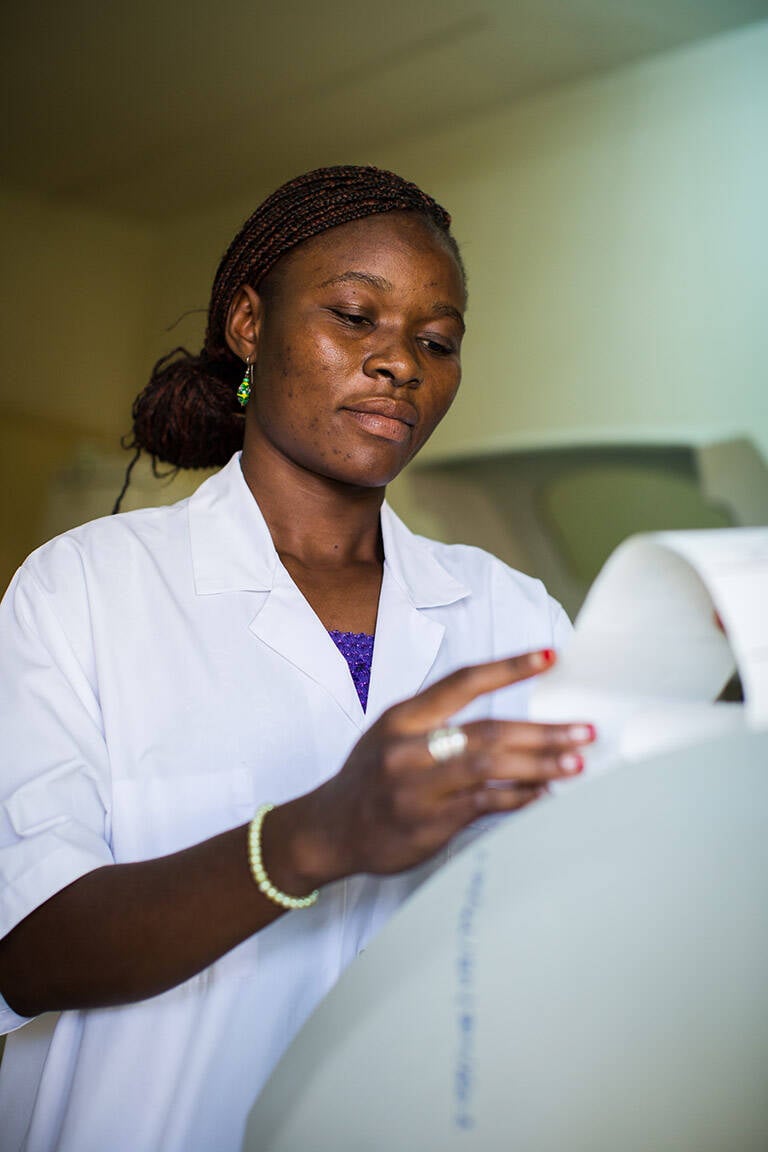Landscaping identified multiple gaps and shortcomings in guideline development. To address these issues, the project teams in each country undertook a range of activities, identifying priority local questions and assessing existing guidance material and gaps. The national groups then began a process to develop guidelines in their priority areas.
Importantly, the project’s activities have helped to establish relationships across national stakeholders, in government departments and academia, and with multilateral partners such as WHO. The project has also raised awareness of the approaches needed for systematic assessment of evidence in guideline development. This will have long-term value, building national capacity to effectively use research evidence to inform clinical practice and optimise the delivery of care to populations.
Furthermore, the learnings from the project will provide valuable insights into the challenges and most effective ways to build national capacity in guideline development across sub-Saharan Africa more generally.

scroll down
An EDCTP2-funded project is helping three African countries improve systems for developing child health treatment guidelines.

Clinical practice guidelines are a critical tool for ensuring the quality of health services. They collate evidence in areas of public health and medicine, providing guidance to clinicians and other health workers on the optimal strategies for delivering care and managing health services.
WHO develops guidance documents, but recommends that these are adapted by countries in light of their specific local circumstances and priorities. The Global Evidence, Local Adaptation (GELA) project has been working with national stakeholders in three countries – Malawi, Nigeria and South Africa – to develop national capacity and systems for guideline adaptation and development, with a focus on child health.
The GELA approach has been highly participatory, with key individuals from ministries of health and academia being recruited into project teams in each country. The project team undertook a landscape analysis in each country to explore existing guidelines and how they were produced, using a standardised tool to assess the quality of outputs and the rigour of the development process.
Building capacity for clinical guideline development